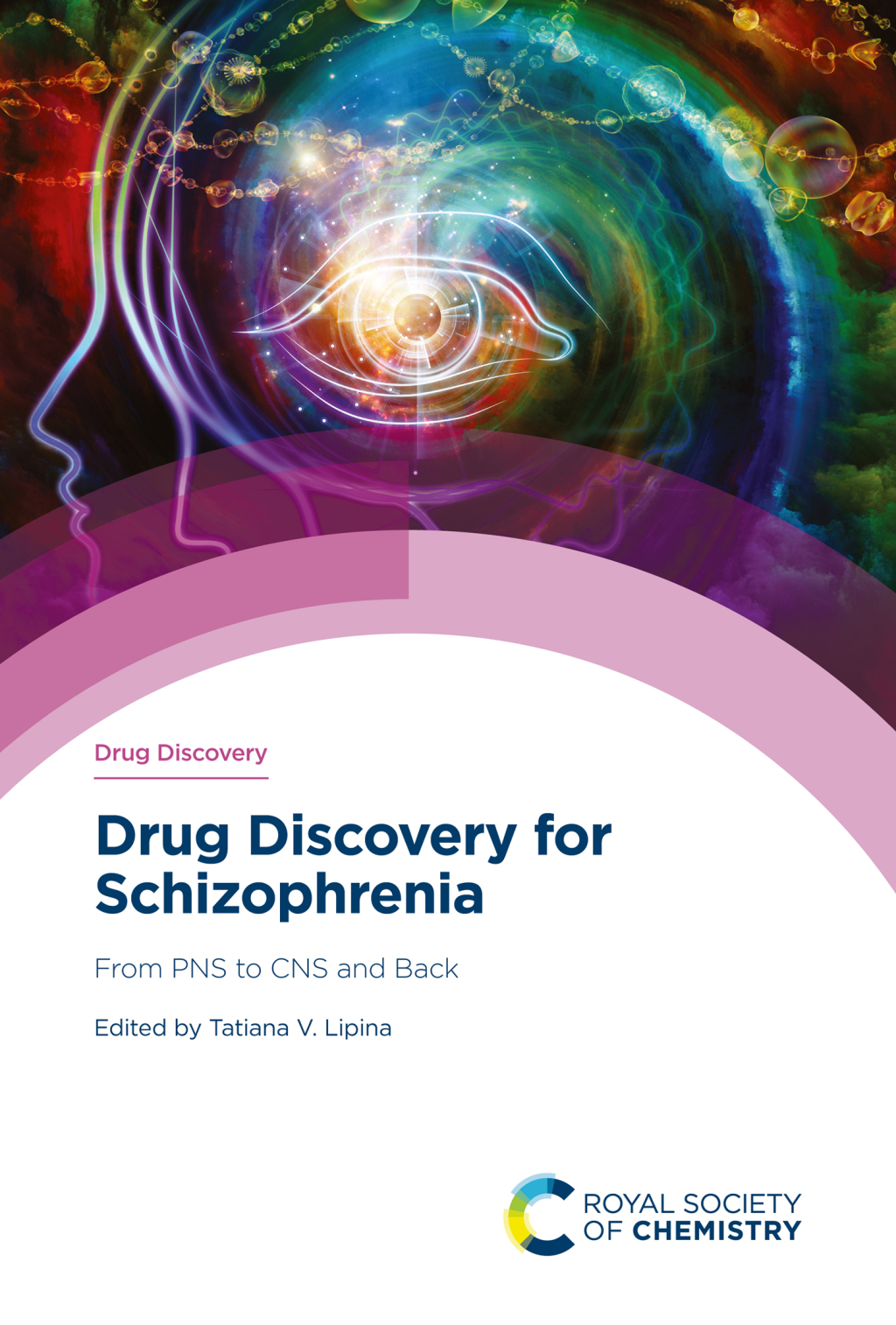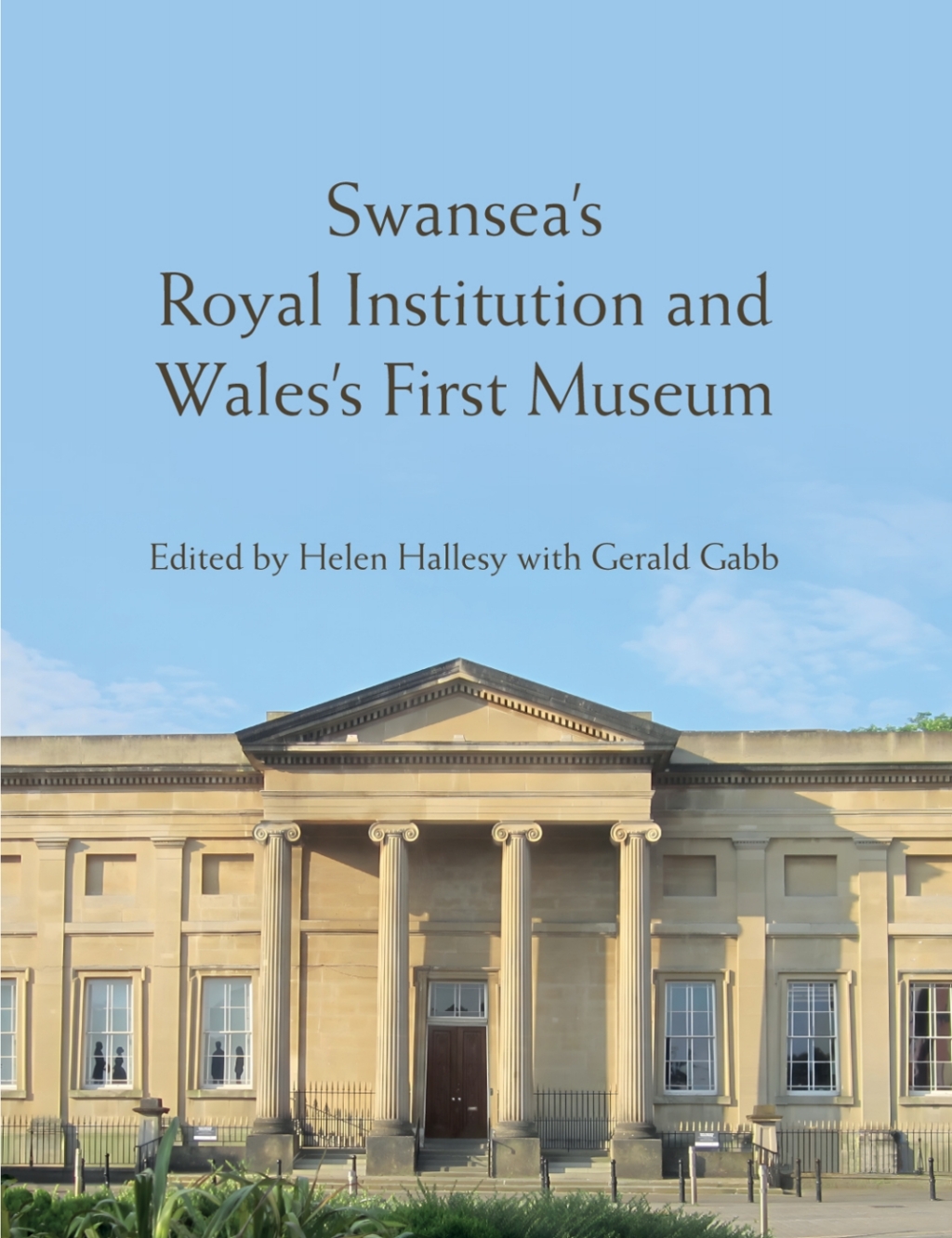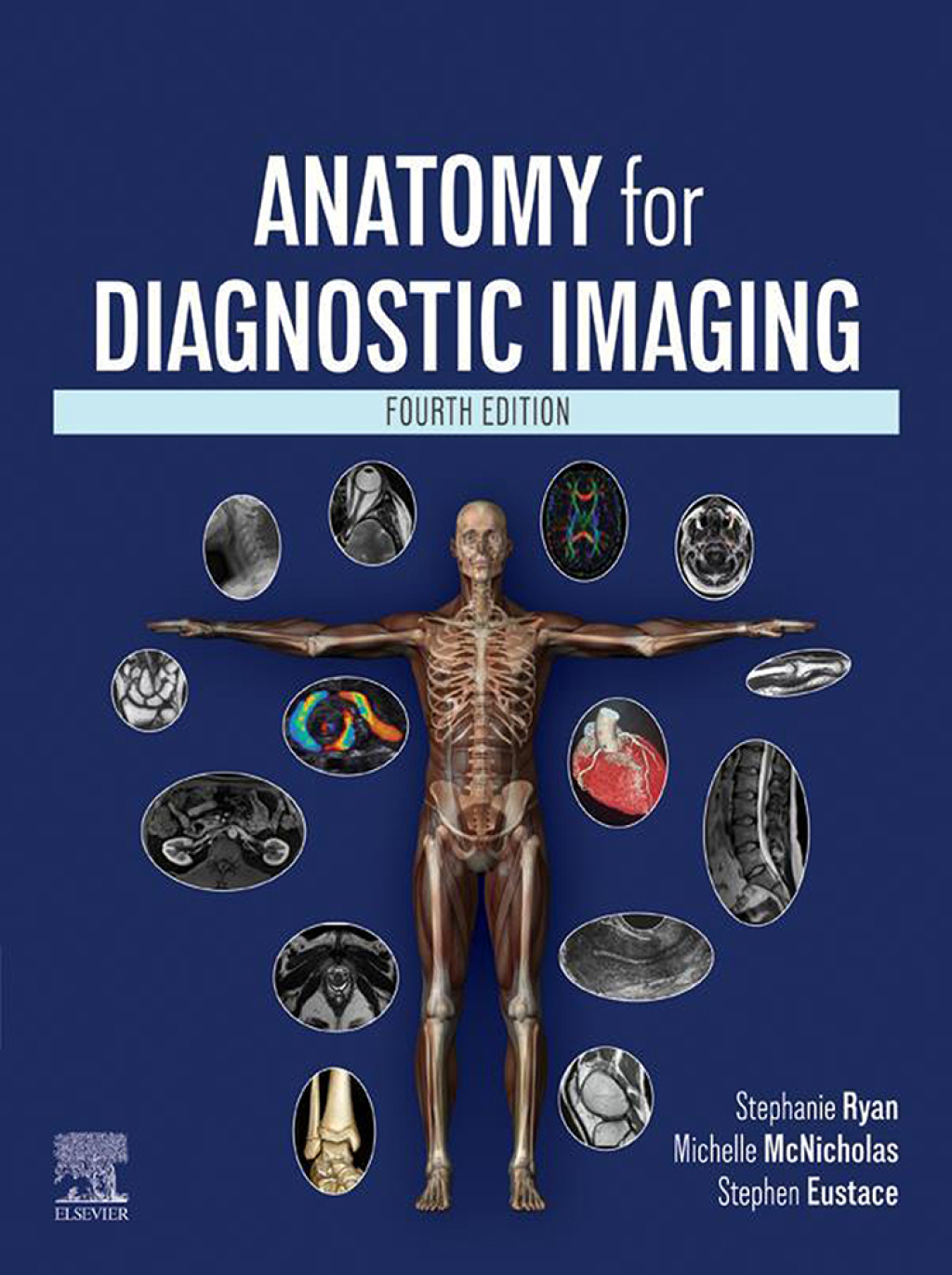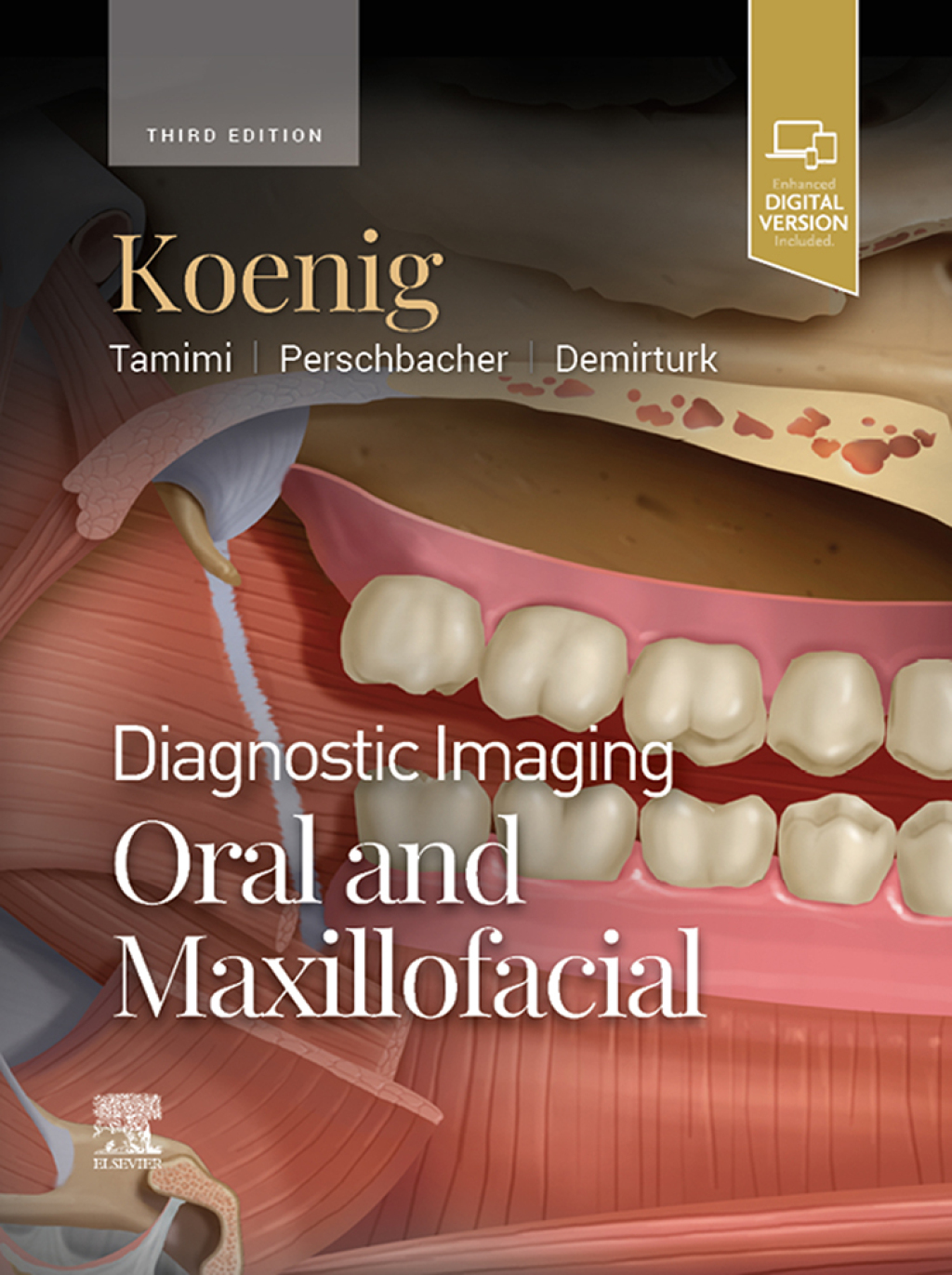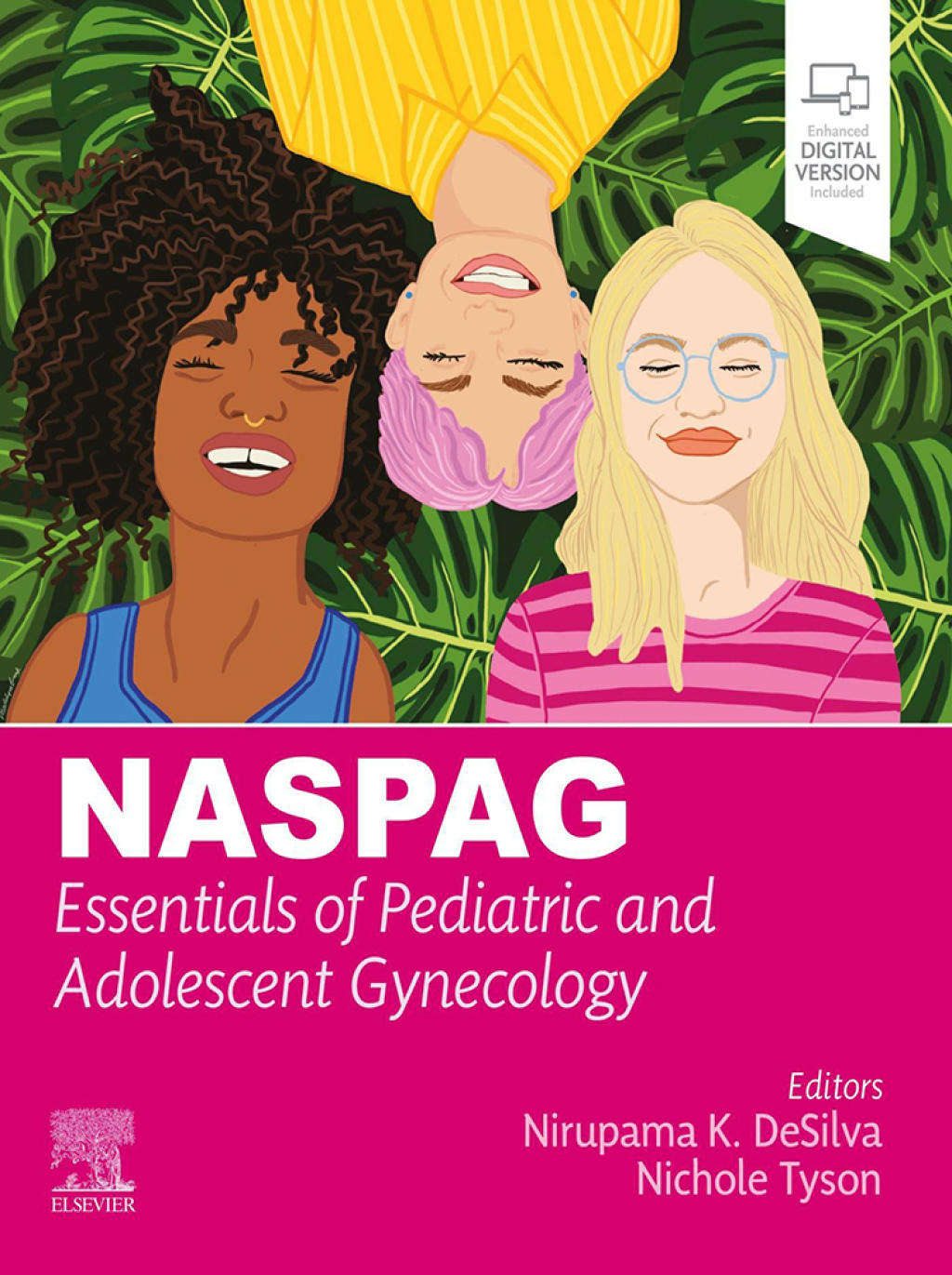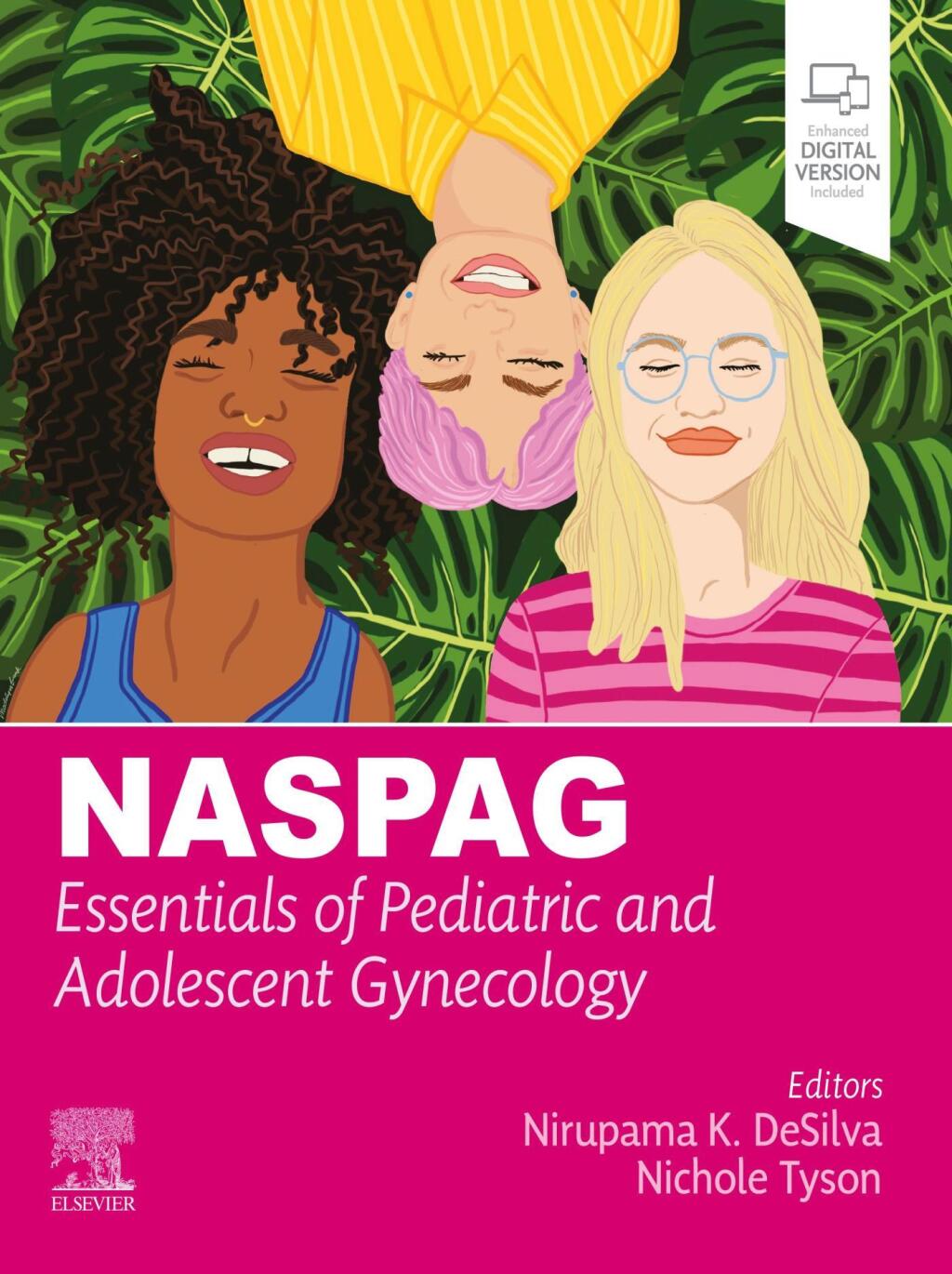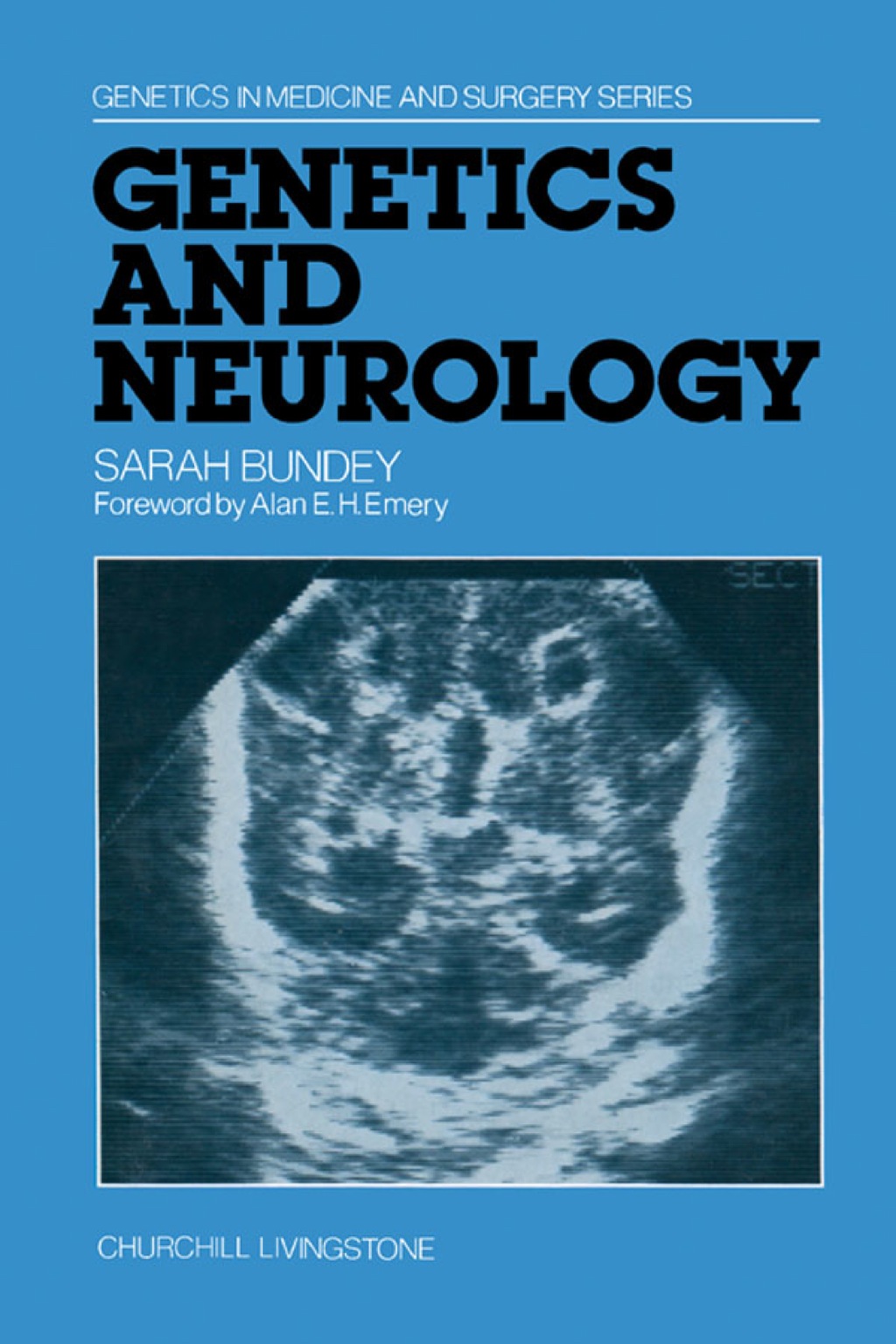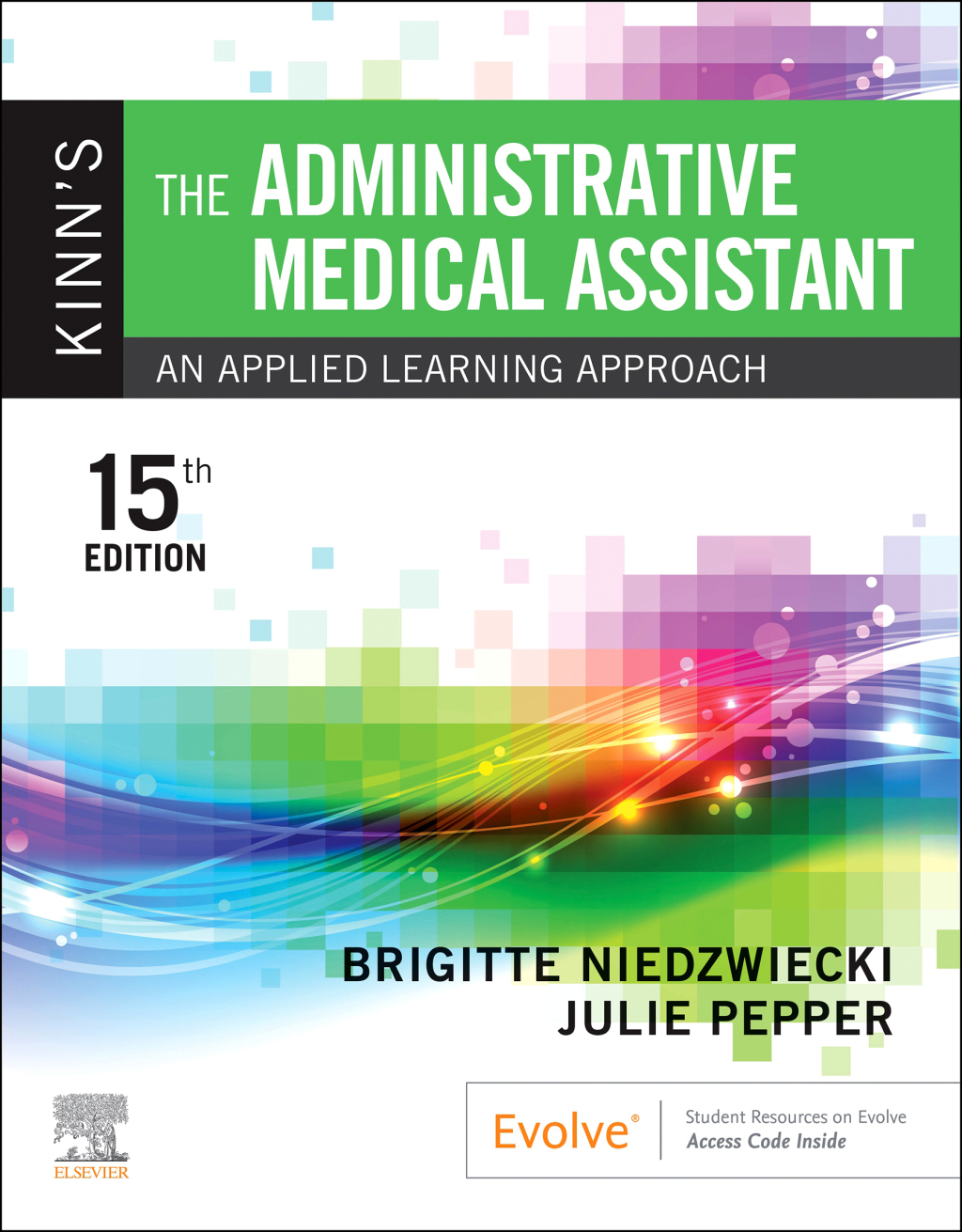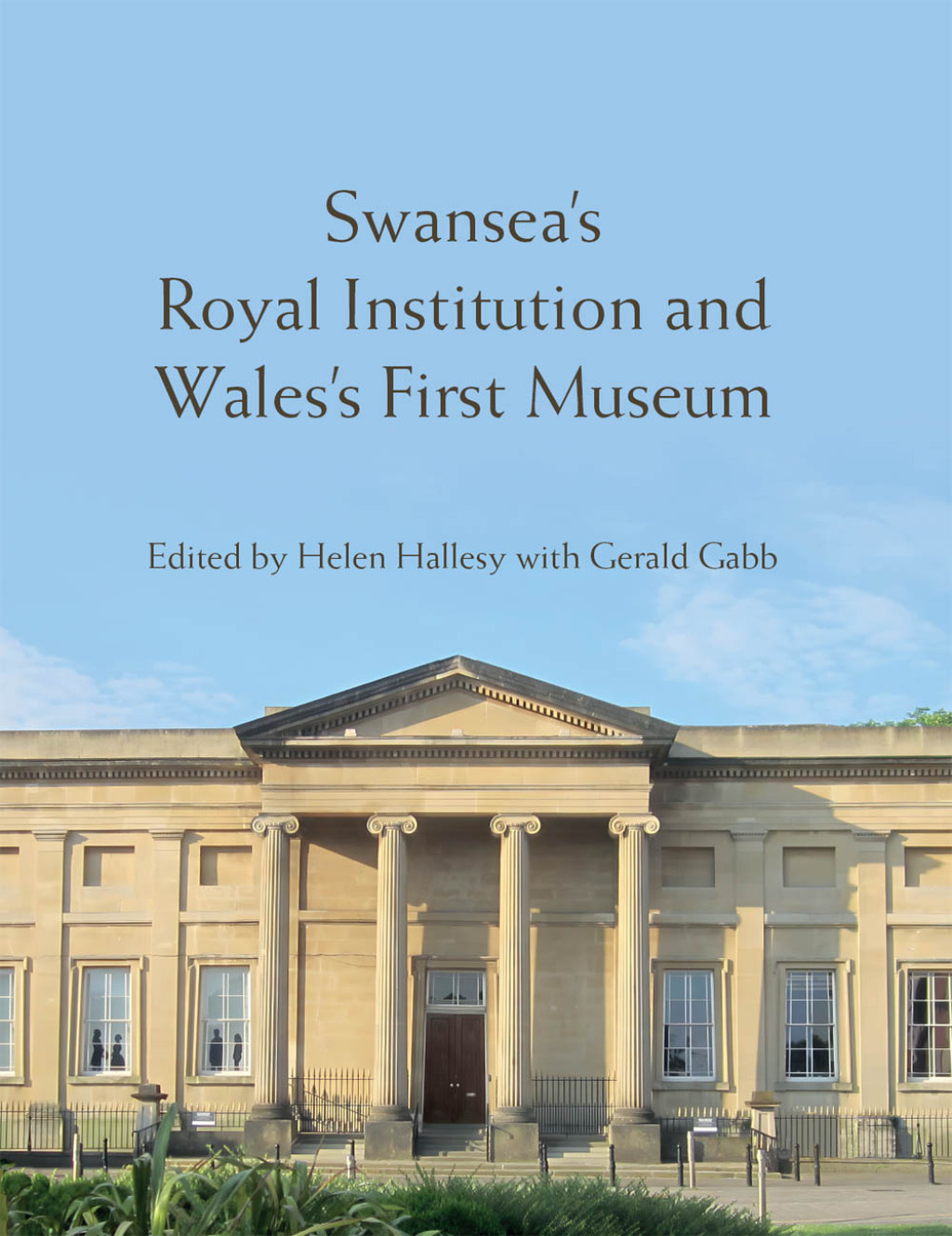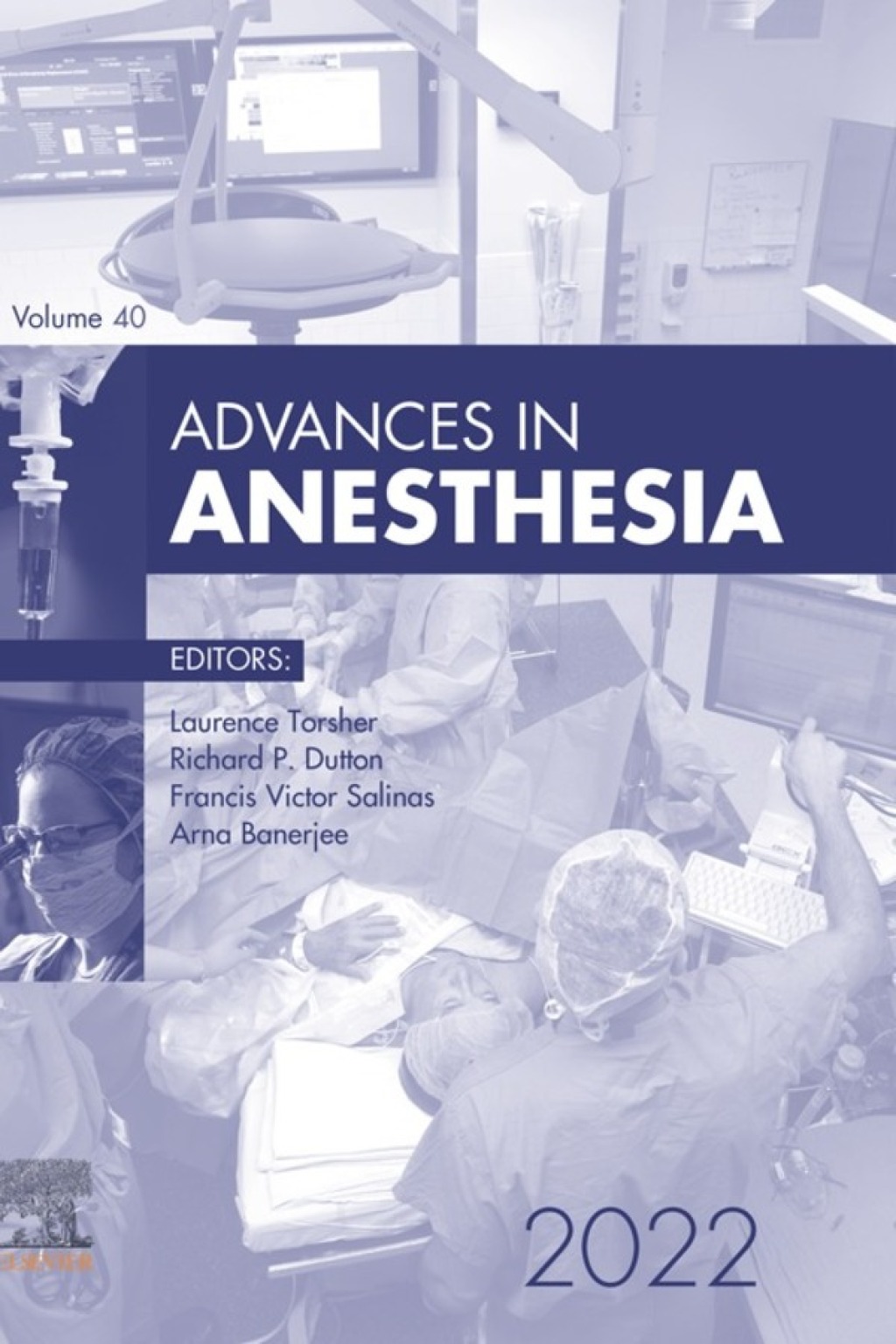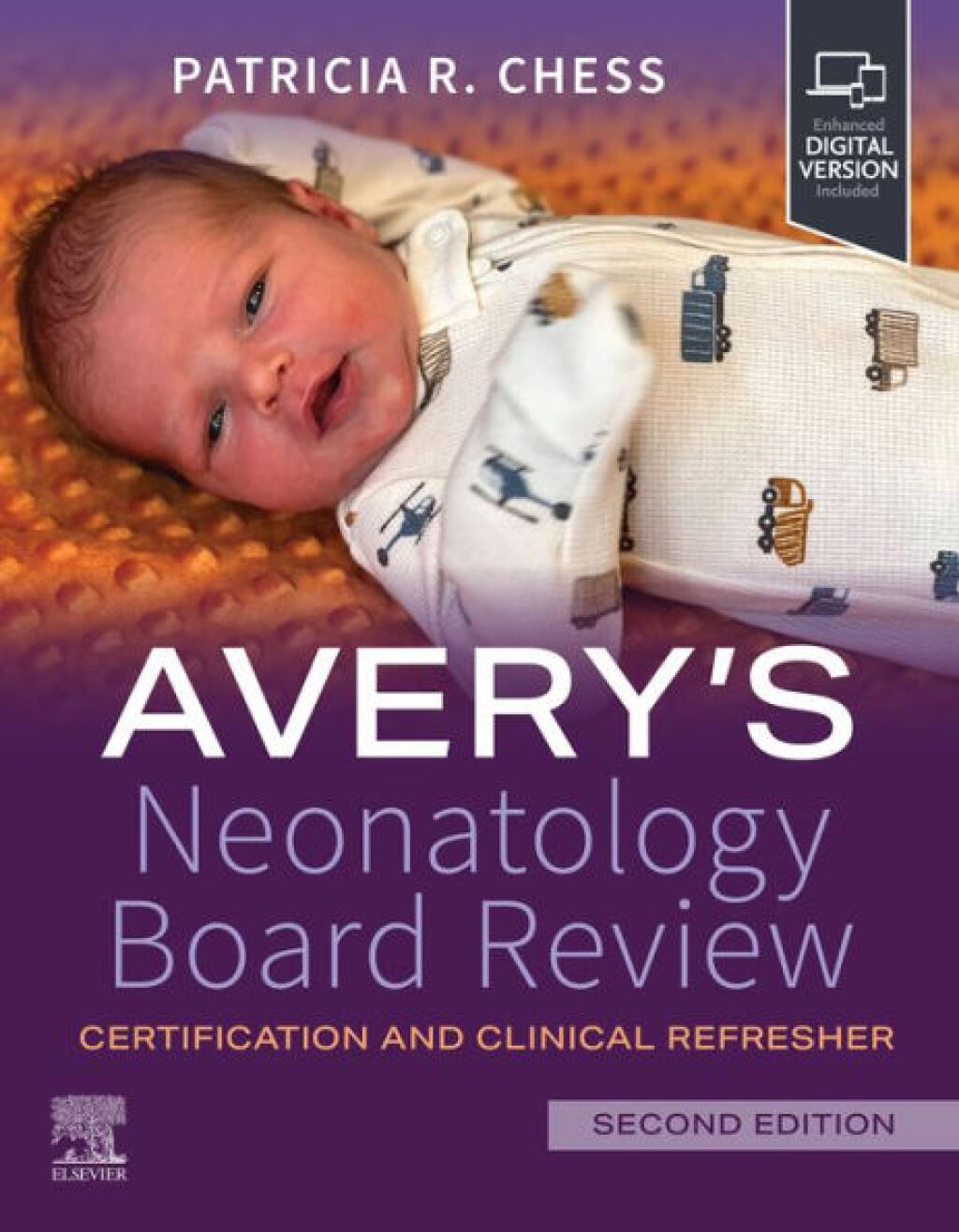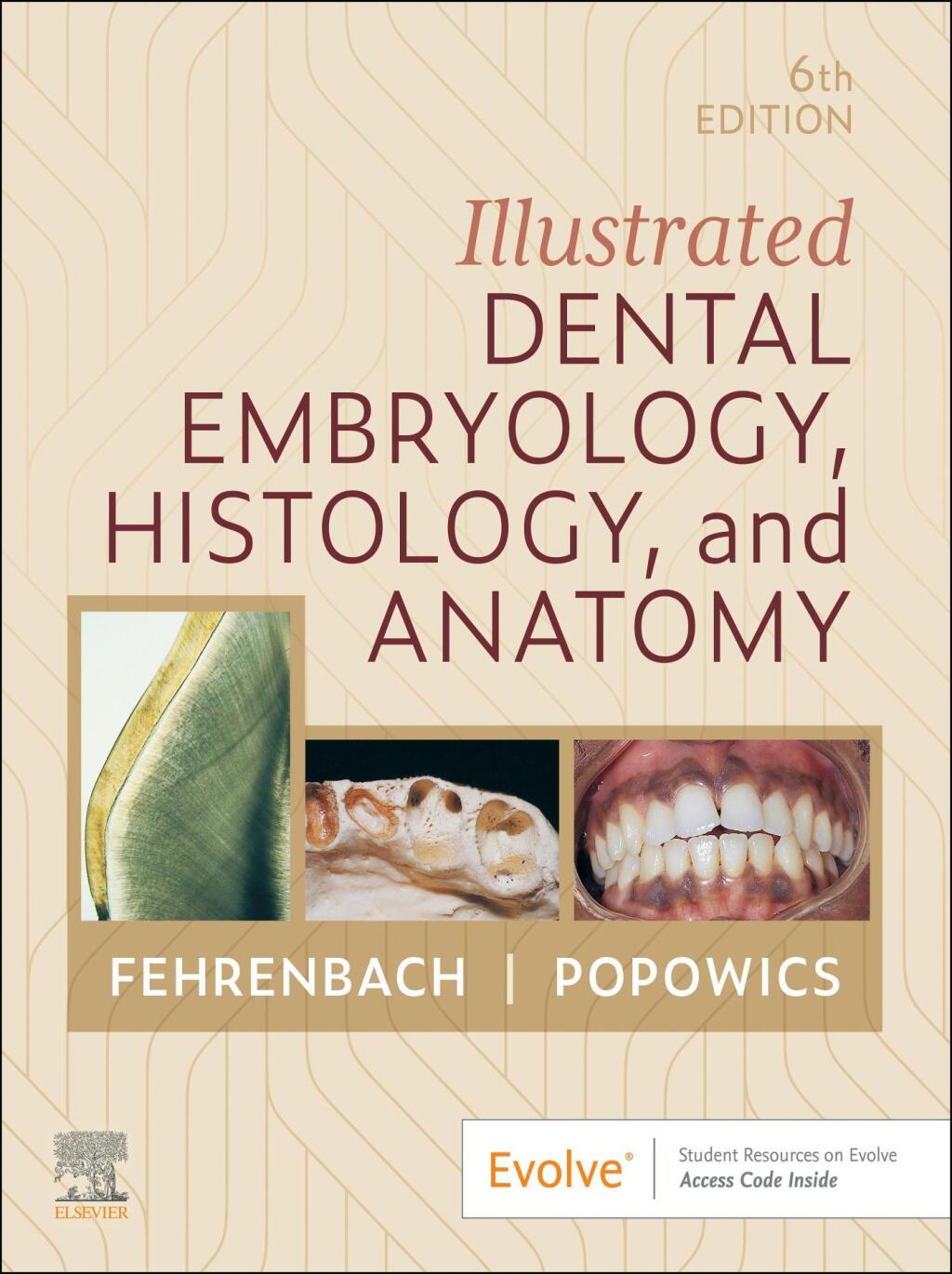The Royal Institution of South Wales is a very special organisation, one of the few such institutions to survive into the twenty-first century. Founded in 1835, it opened Wales’s first museum in 1841, running it until 1990, and it remains today a thriving centre of culture. RISW’s original lecture theatre, library and laboratory demonstrate its early involvement in scientific research and education. This substantial and richly illustrated book sets the story in context – in local, national and international terms – and presents RISW as a significant contributor to the accumulation and dissemination of knowledge. The book covers the growth of RISW, the notable members it attracted, later challenges it faced and its survival into the world of today. The formation of the museum’s many varied collections is described by leading specialists, including the developing sciences – geology; natural history; botany; archaeology; Egyptology and photography; the decorative arts; historical records; coins; maps; and costume.ÂÂ
Swansea’s Royal Institution and Wales’s First Museum 1st Edition
Author(s): Helen Hallesy and Gerald Gabb
Publisher: University of Wales Press
ISBN: 9781837720903
Edition: 1st Edition
$39,99
Delivery: This can be downloaded Immediately after purchasing.
Version: Only PDF Version.
Compatible Devices: Can be read on any device (Kindle, NOOK, Android/IOS devices, Windows, MAC)
Quality: High Quality. No missing contents. Printable
Recommended Software: Check here
Important: No Access Code
Description
Related products
Swansea’s Royal Institution and Wales’s First Museum 1st Edition
Author(s): Helen Hallesy and Gerald Gabb
Publisher: University of Wales Press
ISBN: 9781837720910
Edition: 1st Edition
$39,99
Delivery: This can be downloaded Immediately after purchasing.
Version: Only PDF Version.
Compatible Devices: Can be read on any device (Kindle, NOOK, Android/IOS devices, Windows, MAC)
Quality: High Quality. No missing contents. Printable
Recommended Software: Check here
Important: No Access Code
Description
The Royal Institution of South Wales is a very special organisation, one of the few such institutions to survive into the twenty-first century. Founded in 1835, it opened Wales’s first museum in 1841, running it until 1990, and it remains today a thriving centre of culture. RISW’s original lecture theatre, library and laboratory demonstrate its early involvement in scientific research and education. This substantial and richly illustrated book sets the story in context – in local, national and international terms – and presents RISW as a significant contributor to the accumulation and dissemination of knowledge. The book covers the growth of RISW, the notable members it attracted, later challenges it faced and its survival into the world of today. The formation of the museum’s many varied collections is described by leading specialists, including the developing sciences – geology; natural history; botany; archaeology; Egyptology and photography; the decorative arts; historical records; coins; maps; and costume.ÂÂ

